In an age in which there it’s tough to get noticed on the web, going the extra mile is an essential element of success. Indeed, given that there are typically dozens, hundreds or even thousands of sites available for any given niche, creating a site that’s unique is of utmost importance to your business. However, it may also seem that there are methods to making your site more distinctive, more engaging and just more — well, you. Luckily, there is an array of options you can take in order to update and upgrade your website. Being personable on the web is just as important as having a personal touch within a brick-and-mortar store. Think of walking into an Apple store.. now imagine walking into a Kmart.. you get a different feeling from each environment, and that ultimately affects your purchases. So what are some ways you can make your website more personalized? Let’s find out.
Why Personalize Your Website?
Personalizing your website means a few things. First of all, your website should reflect your personal tastes as a person. If you want a gigantic smiling picture of yourself as the Hero image, go for it – if you think it will help drive traffic and lower bounce rate. Secondly, you should be empathetic towards your target demographic; what do they want to see and what motivates them to drive their purchase decisions? Finally, in order to understand both what you want and what your audience wants, you need to collect customer data via web analytics and other special software, and use the data in order to create a personalized experience for each customer.
An excellent way to help you uncover the needs and desires of individuals as well as specific demographics, personalizing your websites is a mutually beneficial process.
1) Supply Unique, Informative Content
The first reason why personalizing your website is a great idea is the fact that you’ll be able to provide your visitors with interesting, informative and unique content. With a sound content marketing strategy, you’re more apt to drive traffic by positioning yourself as a thought-leader within a niche space. If you can develop your blog as a resource that posts consistent, engaging updates, such as a weekly round-up, infographics, quizzes, journalistic articles, you will build an index of keywords that you’re now available to rank for on Google. Once you start ranking for these keywords, organic search traffic will increase – and it snowballs from there. When you build brand awareness, you’ll start building more backlinks, relevance and user satisfaction; all key to driving more traffic and making more sales.
Case Study: Backroad to Yellowstone
If you’re wondering how to start with a blog or with building content on your website, let’s take a look at the what Snap did in a case study for Backroad to Yellowstone, a tourism group spearheaded by a group of businesses in Montana. We started with a brand new website, BackroadtoYellowstone.com. We were also going up against some sturdy competition, like government-funded websites. We had to conduct keyword research in addition to competitor and demographic research and find the content topics that connected best with the target audience we wanted to visit the site. For example, in order to compete with the bigger sites like the Official Southwest Montana website, we built the resource-focused hub, 101 Things To Do In Montana. Our demographic resource indicated that fisherman, hunters and tourist were our three main traffic buckets. We built guides like The Fisherman’s Guide To Fly Fishing The Madison River, The Top Hunting Guides in Southwest Montana, and 20 Things To Do In Ennis.
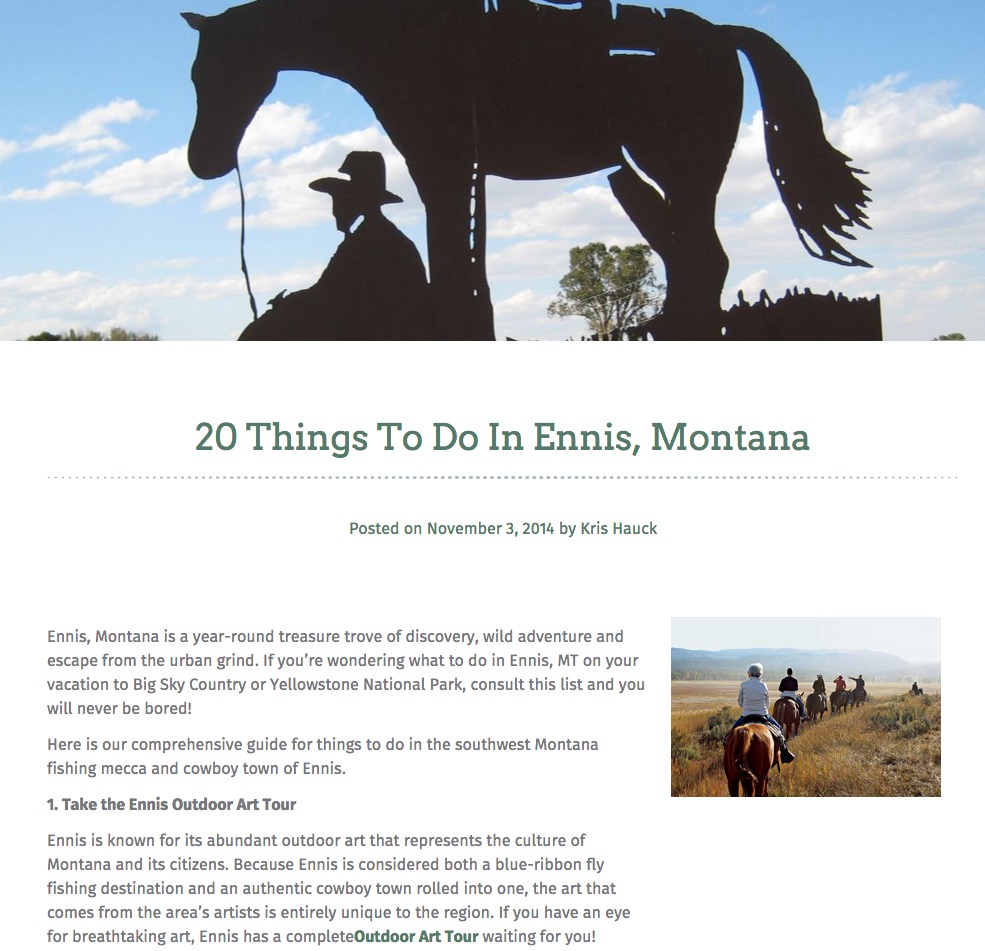
By the end of our run, we had amassed a %5,100 increase in traffic and ranked for 500 new keywords.
2) Make Visitors Feel Welcome
By supplying unique and informative content on your website, consumers are more likely come to choose your site as the most reputable source. People reward those businesses that can prove that they’re the experts in their area. This is because the more someone visits your site, the more likely they are to make purchases, click on ad links, and other money generating actions. But you don’t want to be “sales! sales! sales!” all the time. It comes off as spammy, and that’s the worst attempt to grab a user’s attention on the web that you can make. Take a look at the homepage of marketing guru, Seth Godin. Notice how he’s looking at the action “Go”, which also draws your eye to that point. There’s credibility indicators with the “best selling author” tag. It’s simplistic yet colorful, and has its own touch of personalization; notice how he uses the color of his yellow glasses throughout the website’s main color scheme.
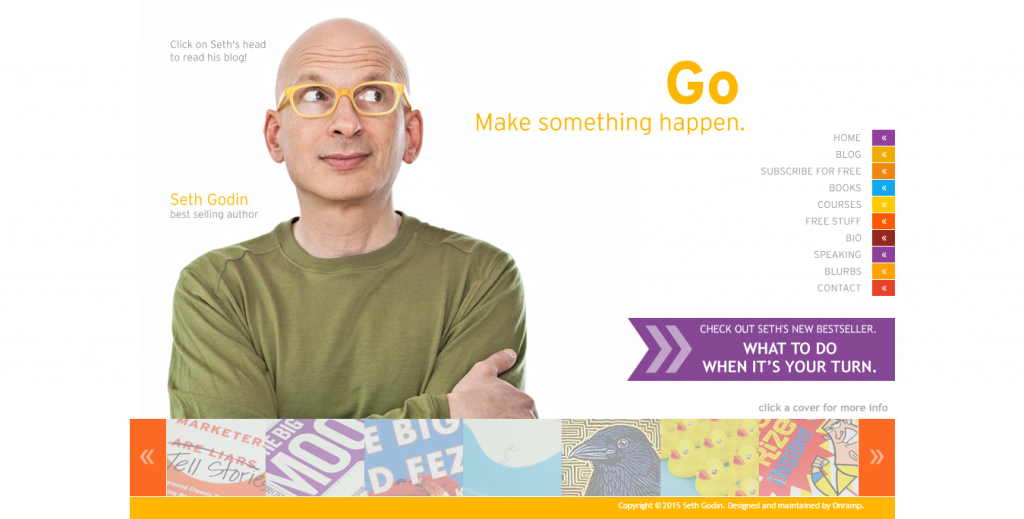
Personalizing your site is an excellent way to build a customer base. By personalizing their preferences, you will help create a website that customers feel highly welcomed on. Thus, this would cause them to do things such as visit more frequently, peruse with more enthusiasm, and make more purchases. Give them the opportunity to sign up for a newsletter or make their own account. This way you can personalize messages (even using their name!) and they can start a profile so they don’t have to re-enter all of their information when they want to conduct business with you (removed another barrier to purchase!) This is yet another method that can directly lead to increased sales.
3) Build A Group of Loyal Customers
By rolling out the proverbial red carpet and making your customers feel welcomed each time they visit your site, they are more likely to enjoy your site and visit more frequently, as well as encourage others to do the same. This will slowly help you to establish a list of loyal customers that will consider you a credible source and go-to site. About 65% companies have brought their loyalty or rewards programs online. These types of programs have been known to help businesses save money and increase revenue by lowering the sales barrier. Did you know it costs a business about 5-10X more to acquire a new customer than it does to sell to an existing one? Not only that, but on average, current customers spend 67% more than new customers.
The trick with a loyalty program is to add value. Let’s use one of the most successful ecommerce stores, Amazon as an example. With Amazon Prime, members pay $99 for free, and get two-day shipping on unlimited products, as well as a Netflix-esque streaming and Kindle ebook service, and special access to sales. That’s pretty significant when you consider the average cost to ship a 1-2 lb item in the U.S. is $7. It would only take the shipping costs of 14 small items to meet the $99 yearly fee. Add Instant Video, Kindle and special deal days like Prime Day, a membership is well worth it for avid online shoppers.
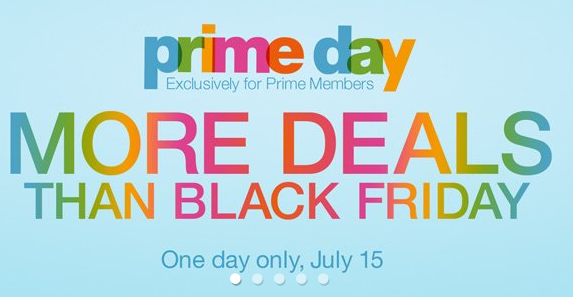
4) Track Your Conversion Rates
Conversion optimization is largely on the rise in the world of digital marketing and many case studies have shown that personalized websites can greatly improve conversion rates. This is due to the fact that your site provides subtle suggestions for purchases via the ads and content being presented to them based upon their preferences. In other words, a customer is more likely to buy from a site that caters to their interests than they are to buy from a site that uses a generic means of sales and forces you to search for the information you are seeking. See the example below in which Hulu has sent me an email with my name in it.. and even suggested content that’s “tailored for me”.
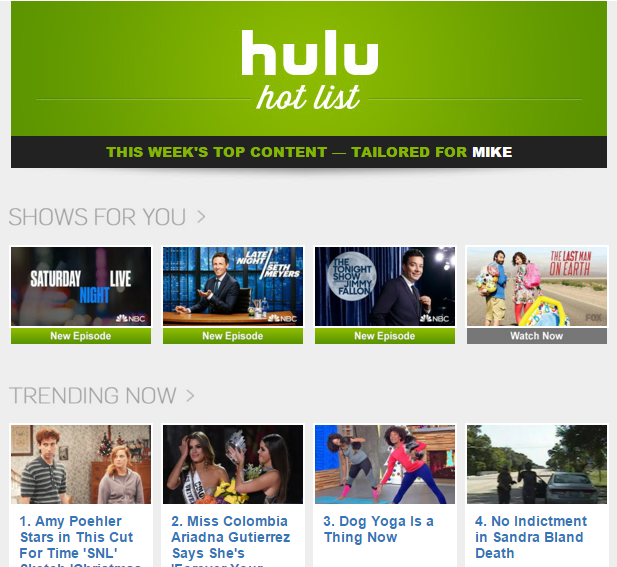
To set up easy personalization on your WordPress site, use the plugin inSite. With this plugin, setting up popups, notification bars, special sales offers, holiday imagery effects, identifying visitors, location-based advertisements become a breeze. You don’t need a developer to take advantage of all the benefits personalization offers your website. To track which of your personalization techniques are working and which aren’t, set up basic tracking code to your web pages. With this code installed, you can tell which pages are performing highly and which are performing poorly. Let’s say you have two ideas for the main header text, a serious tone and a goofy tone. It might read something like this:
“Welcome to Our World-Class Sales Website.”
“Tally-Ho! We’re Glad You’ve Landed On Our Site!”
You can A/B test these messages by splitting traffic, sending half to a page displaying the serious headline and half to the page displaying the not-so-serious headline. This is a great way to understand which personalization strategies speak well to your target market.
5) Build Brand Awareness Competitive Analysis
Given the issues with the over saturation of websites and content, personalization will immediately set your brand apart from your competitors. It may seem like a minor issue, however many customers connect better with sites that go the extra mile than those that do not. A website that grasps the emotional center of the consumer’s brain will put your website in a much better position of being remembered. An active memory of your website will remind each customer of your brand when a subject that is common to your site is mentioned. People cannot visit your website if they have no recollection of it, and that’s why building brand awareness is so important. Check out the SlideShare below to get a crash course on brand strategy.
Visit as many competitor sites as you can. What are they doing in terms of personalization – or lack thereof? Certain technologies tend to have more boring websites like industrial technology or manufacturing, while creative industries seem to have overly-personal websites, like advertising or architecture. Pinpoint the amount of personalization that these websites have and carve out your own area of website warmth. Are there any ideas that pop out at you? Take them a step further by improving on their content. At the very least you’ll even the playing field.
6) Get More “Likes” and Shares
An excellent way to receive more attention on social media sites, by putting your site in the position to receive more “likes”, shares, tweets, etc. you are effectively creating another level of promotion which is entirely free of charge. Many people enjoy sharing interesting and unique sites and information as a part of their everyday interactions. By creating more happy and loyal customers, you are putting your site in place to potentially go viral via the various shares of those who are impressed and enthused by your content. And even if you don’t start trending on Twitter via millions of Tweets, there’s still a benefit to posting and reposting on social. Making your content visible is the only way people will be able to see it. Making your content awesome is the only way people will share it.
Another personalization tactic you can add to your website is showing the amount of social shares and “virality” of the content right on the content’s page. For example, Mashable has their very own “Velocity Graph”, which tells the reader how fast a piece of content is being shared across the web. They also have “173 Shares” displayed very prominently (besides the title or featured image, it’s the biggest thing on the page).
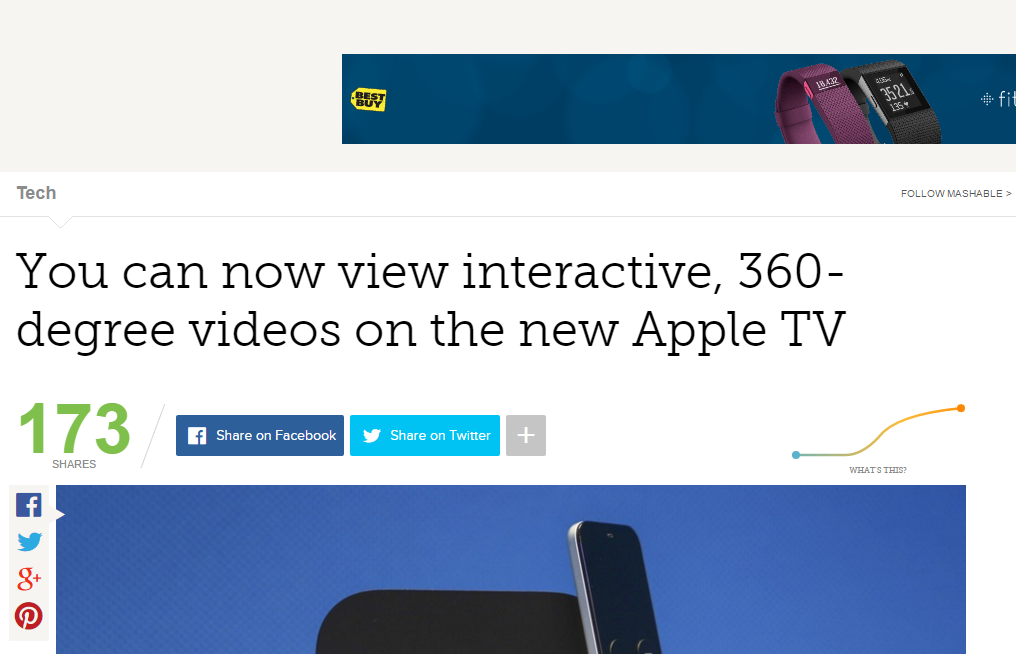
7) Other Sites Are Doing It–And Succeeding
Websites all across the web and from every industry are already beaten you to the punch in terms of personalization. You may already be wondering why other sites, potentially not as awesome as yours, seem to be getting more attention and more business. A main reason could be the fact that they’ve been providing personable marketing to their target consumers. Those customers are sticking to what is comfortable rather than wasting their time searching for something new. That doesn’t mean you can’t throw a wrench in the system by coming up with something totally innovative, that lets your style shine. Use some of the following sites to inspire your personalization efforts:
- Warby Parker – Trendy online glasses store (opening brick-and-mortar in select locations) that started with one revolutionary idea: offer designer eyewear at a revolutionary price.
- Apple – We all know about the design perfection Apple brings to their website and marketing, and any aspiring web copywriter should be studying everything they type on their site. What’s even cooler however, is the way they take the concept of personalization offline. Take this quote from a 60 Minutes interview conducted this past Sunday:
The most important goal is, is that it is dynamic. People are used to living on their phone. So they’re used to being dynamic, emotive, immersive. And so how do we make sure when they walk into a store they say, “Wow”?
- Digg – A news website that isn’t as boring to read as the newspaper. Innovative in the use of “blocks-only”, instead of confusing tickers, overlapping images and rows of text headlines.
- World of SWISS – An airline company that gives the user an interactive playground in the clouds instead of a homepage.
- Google Year In Search – The other tech giant produced their “Year In Search” site through analyzing trends of searches throughout the year. They utilize an emotional video to tear at our heartstrings.
8) Let Your Personality Shine
Honestly, if you’re reading this, you are already considering personalizing your website. This either means you have heard of the benefits of personalization and would like to try it for yourself or that you are dissatisfied with your traffic and conversion rates and are seeking a cutting edge method to boost traffic. Either way, you have nothing to lose by trying out this method as there is certainly the option to remove the personalization from your site if you feel it is not a good fit for you.
Overall, personalizing your website is a great way to collect important data on the diverse collection of customers that visit your website. While many believe this measure to be controversial or invasive, it is also important to note that you can give the customer the option to “opt-in” by requesting their location along with a short message that informs them the date will be used for personalization. A win/win for both customers and consumers, many are happy to provide you with information in order to help make their experiences and interactions with your site more productive. Either way, for those who feel their website has room for improvement, personalization is certainly a big step in the right direction.
